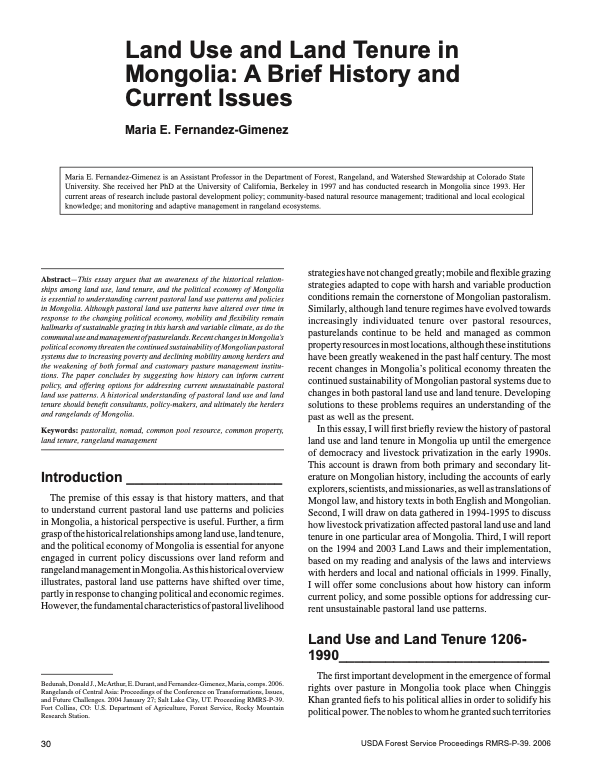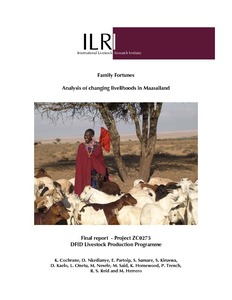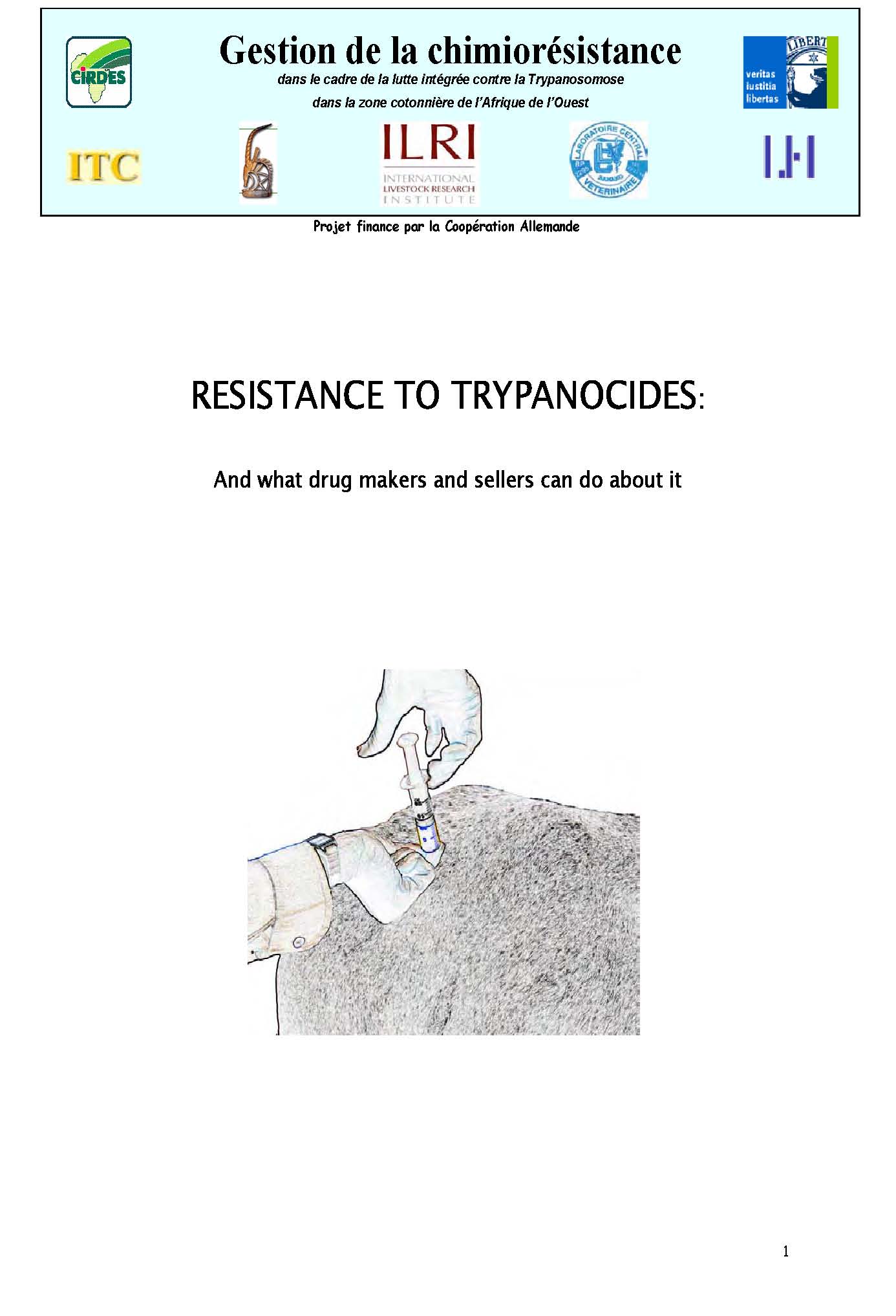Policies and strategies to address the vulnerability of pastoralists in Sub-Saharan Africa
This paper makes a case for increased policy attention to pastoralists in Sub-Saharan Africa (SSA). The paper presents:estimates of the numbers of agro-/pastoral populations globallytheir livestock and their contribution to national economiesthe incidence of poverty among agro-/pastoral populations.The author examines the causes and dynamics of poverty among pastoral populations in Africa drawing on the sustainable livelihoods framework and focusing on vulnerability to shocks.






